.webp)
Key Takeways
- Global brand marketing combines consistency and adaptability, helping brands build trust and relevance worldwide.
- Common challenges include cultural missteps, collaboration barriers, and governance issues, but these can be mitigated with the right frameworks and tools.
- Successful brands leverage centralized systems, flexible local frameworks, and continuous optimization to scale effectively across markets.
- Platforms like BrandLife simplify asset management, compliance, and collaboration, enabling global teams to deliver faster, smarter, and more consistent campaigns.
Taking a brand global has never been easier, but it’s also never been more complex.
Today, companies no longer compete only within borders; they must create a unified identity that resonates worldwide while adapting to local realities. Done well, global brand marketing builds trust, drives growth, and positions brands as industry leaders.
Yet common hurdles such as cultural missteps, inefficient cross-team collaboration, and governance challenges can hold brands back.
This article explores key strategies for effective global brand marketing and shows how brand asset management (BAM) platforms like BrandLife simplify the process, ensuring consistency and efficiency across markets.
What Is Global Brand Marketing?
This is crucial for organizations that operate in multiple regions and need to ensure that their brand is both globally recognizable and locally relevant.
While the overarching brand message remains constant, the approach to delivering it can differ significantly across markets. For instance, Lay’s U.S. “Global Flavors” summer campaign in 2024 introduced limited-edition chip varieties inspired by Greece (Wavy Tzatziki), India (Masala), and Korea (Honey Butter) to American snackers.

While the products celebrated international taste trends, the campaign was tailored for American snackers by framing the flavors as a way to “travel the world from home.”
This approach illustrates the essence of global brand marketing: maintaining Lay’s core identity, i.e., fun, shareable snacking, while flexibly adapting its offerings to connect with a specific audience in a specific market.
Benefits of a Well-Executed Global Brand Marketing Strategy
Global brand marketing is about building a smarter, stronger, and more unified brand identity. When executed properly, global brand marketing offers several advantages:
Brand value longevity
Long-term brand strength pays dividends. Global brands like Microsoft and Coca-Cola have consistently maintained positions in the top 10 of Interbrand’s “Best Global Brands” rankings for over two decades, underscoring the power of brand consistency and endurance.
Economies of scale
By consolidating marketing efforts across regions, companies can save costs and streamline operations. Shared campaigns, centralized production, and unified messaging help reduce duplication of efforts and budget overruns.
Cross-border synergies
Global strategies enable the sharing of successful campaigns and insights across markets, allowing for faster go-to-market execution.
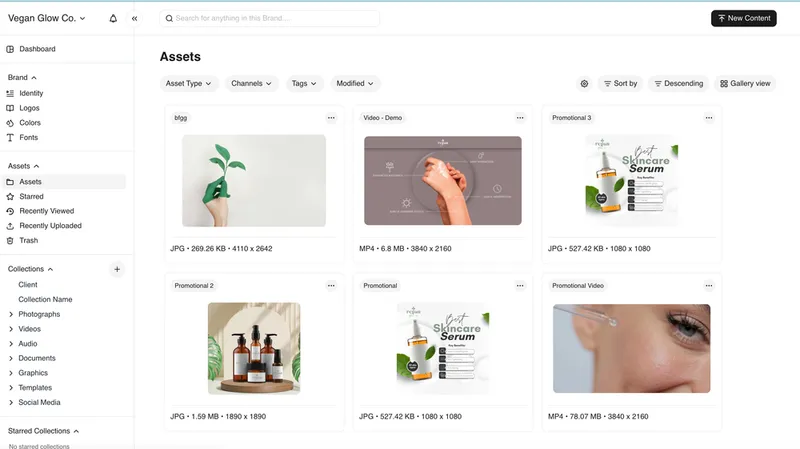
For example, one market’s winning campaign can be adapted and rolled out globally through a platform like BrandLife, enabling collaboration while automating localized adjustments.
Stronger brand identity
A clear, unified global identity enhances customer familiarity, trust, and engagement. Studies show businesses with consistent branding tend to experience up to 20% greater overall growth.
However, achieving these benefits requires overcoming certain challenges, especially when managing assets and maintaining brand governance.
Challenges in Managing a Brand Across Multiple Markets
While the opportunities are significant, global brand marketing comes with its share of challenges. These hurdles can affect speed, consistency, and impact if not addressed with the right tools and processes.
1. Maintaining brand consistency
As businesses expand across borders, ensuring that the brand message and visual identity remain consistent is one of the biggest challenges. Without the right systems in place, teams may inadvertently use outdated assets or diverge from established guidelines.

BrandLife helps overcome this by centralizing assets in a single source of truth, so teams across markets always have access to approved templates, logos, and messaging frameworks.
2. Cultural sensitivity
Balancing global consistency with local relevance is crucial. What resonates in one market may miss the mark, or even cause controversy, in another.
For example, American Eagle’s “Great Jeans” ad featuring Sydney Sweeney sparked backlash for unintended implications, even as it became their most successful campaign, driving $1.28 billion in quarterly revenue and a 30% stock jump.
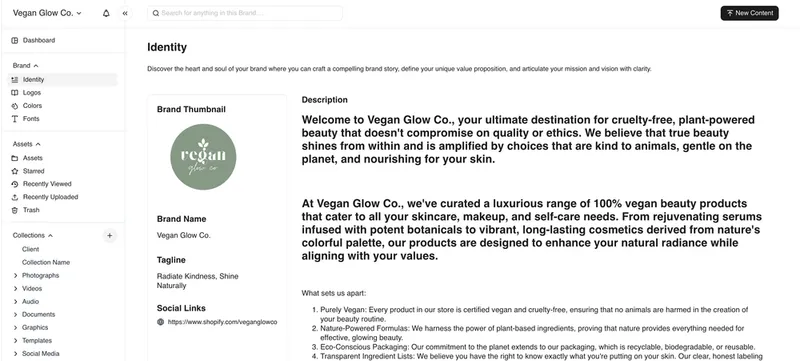
With a platform like BrandLife, marketers can provide local teams with flexible brand guidelines that allow cultural adaptation without drifting from core identity.
3. Collaboration barriers
Teams spread across time zones can face version control issues, miscommunication, and delays. A campaign update in one region may not be reflected in another, leading to fragmented execution.
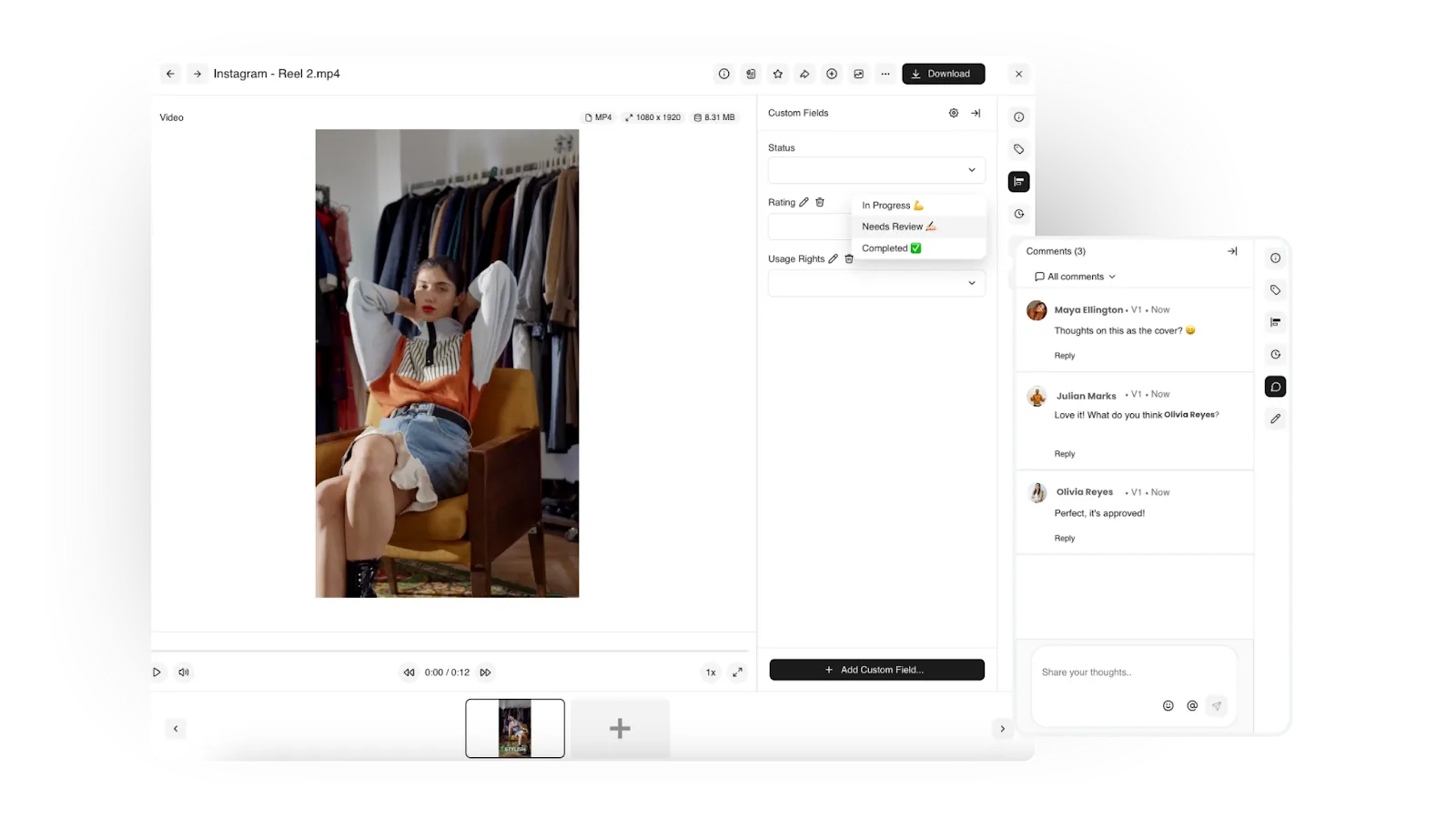
With BrandLife, real-time collaboration tools and automated approval workflows keep global and local teams aligned, reducing costly errors.
4. Cost and complexity
Managing localized adaptations, regulatory compliance, and distributed operations adds layers of cost and complexity.
For instance, packaging changes in one market may require new legal approvals and design files. Centralizing compliance resources in BrandLife ensures local teams can adapt quickly without increasing risk, while leadership retains visibility across regions.
How to Ensure Effective Global Brand Governance
Even the most creative global campaigns can fall apart without strong governance.
Global brand governance is about setting up the right guardrails to ensure your brand remains consistent, compliant, and trusted across every market.
Centralized asset management
Scattered files and outdated templates are the quickest way to weaken a global brand. A centralized hub for guidelines, logos, imagery, and tone of voice ensures that every team has access to the same approved resources.
For instance, Unilever’s global brand teams use a central repository to standardize campaigns across 190 countries.
Establish approval workflows
Governance isn’t about limiting creativity; it’s about protecting brand integrity. Clear approval workflows allow local teams to adapt content while ensuring global oversight.
This reduces errors and helps avoid costly reworks or compliance breaches.
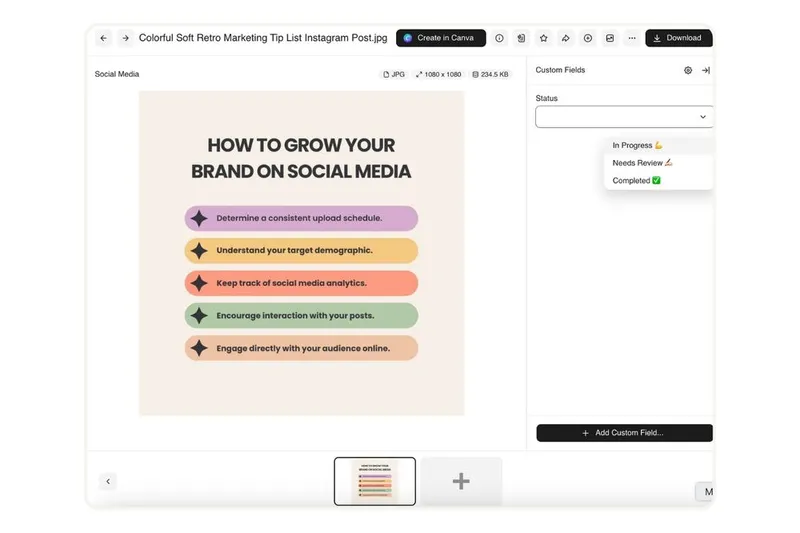
BrandLife automates approvals, so regional campaigns are always vetted before launch.
Assign brand governance roles
Global brands thrive when accountability is built into their structure. Many organizations appoint “brand stewards” or regional brand managers responsible for ensuring local adaptations align with the global vision.
These roles act as bridges between headquarters and regional markets, preventing misalignment.
Monitor compliance and regulations
Every market has its own advertising, labeling, and data privacy laws. In 2018, Dolce & Gabbana’s ad campaign in China sparked major backlash for cultural insensitivity and resulted in pulled products and boycotts.

A robust governance framework backed by a digital asset management (DAM) platform like BrandLife helps track approvals, ensure compliance, and document usage history, giving leaders visibility into how assets are used globally.
Leverage analytics for oversight
Strong governance doesn’t stop at approvals. Brands also need visibility into how assets perform in-market.
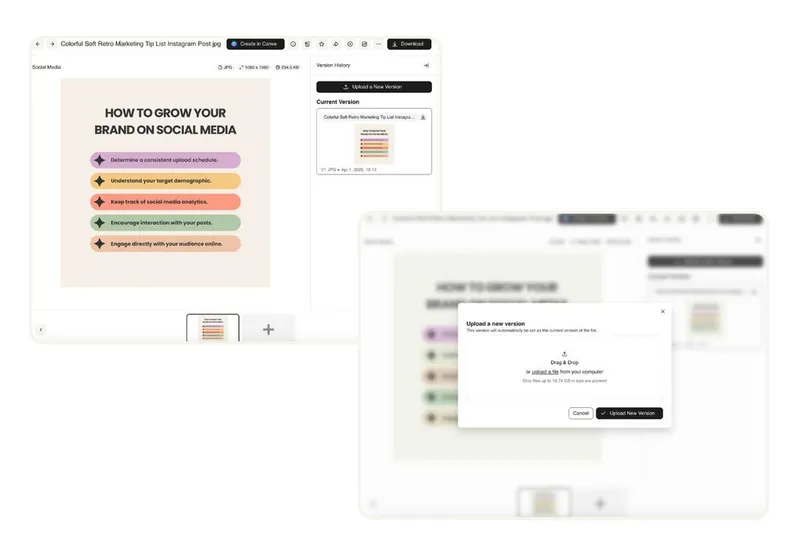
With analytics features in BrandLife, global teams can monitor adoption, track version use, and flag inconsistencies, turning governance into a proactive process rather than a reactive one.
6 Best Practices for Building a Successful Global Brand Marketing Strategy
Global brand marketing succeeds when companies combine consistency with adaptability.
These best practices provide a framework for building strong, scalable strategies that resonate across borders.
1. Define a clear brand vision and identity
A global brand needs a strong foundation. Defining your vision, values, and identity ensures that every campaign, product, and message aligns with a bigger purpose.
For example, Patagonia consistently emphasizes environmental responsibility across all markets, making sustainability central to its global identity.
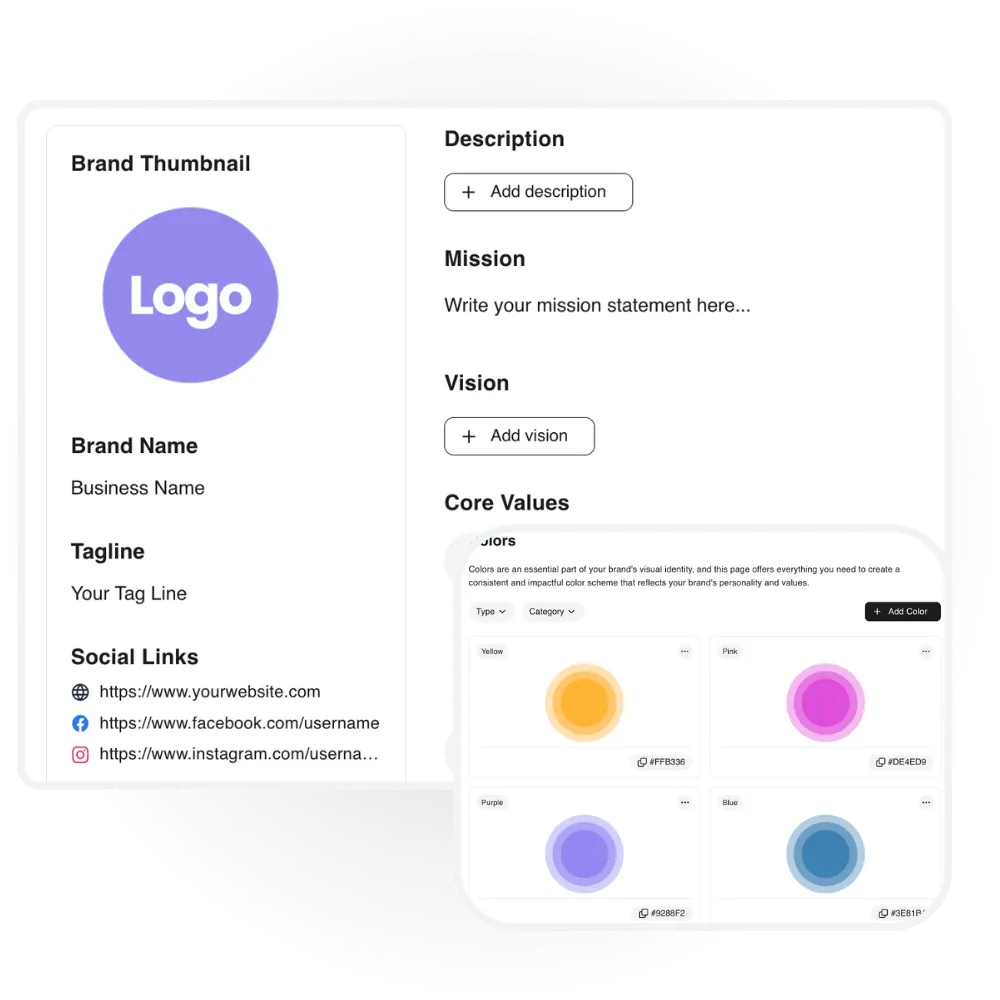
With BrandLife, companies can document and distribute brand guidelines so teams have a shared reference point.
2. Centralize brand assets with the right tools
Centralization prevents teams from recreating assets or using outdated versions.
The ABARA Marketing Group reduced creative production time and launched campaigns a full week ahead of schedule after adopting a centralized digital asset management system—BrandLife.
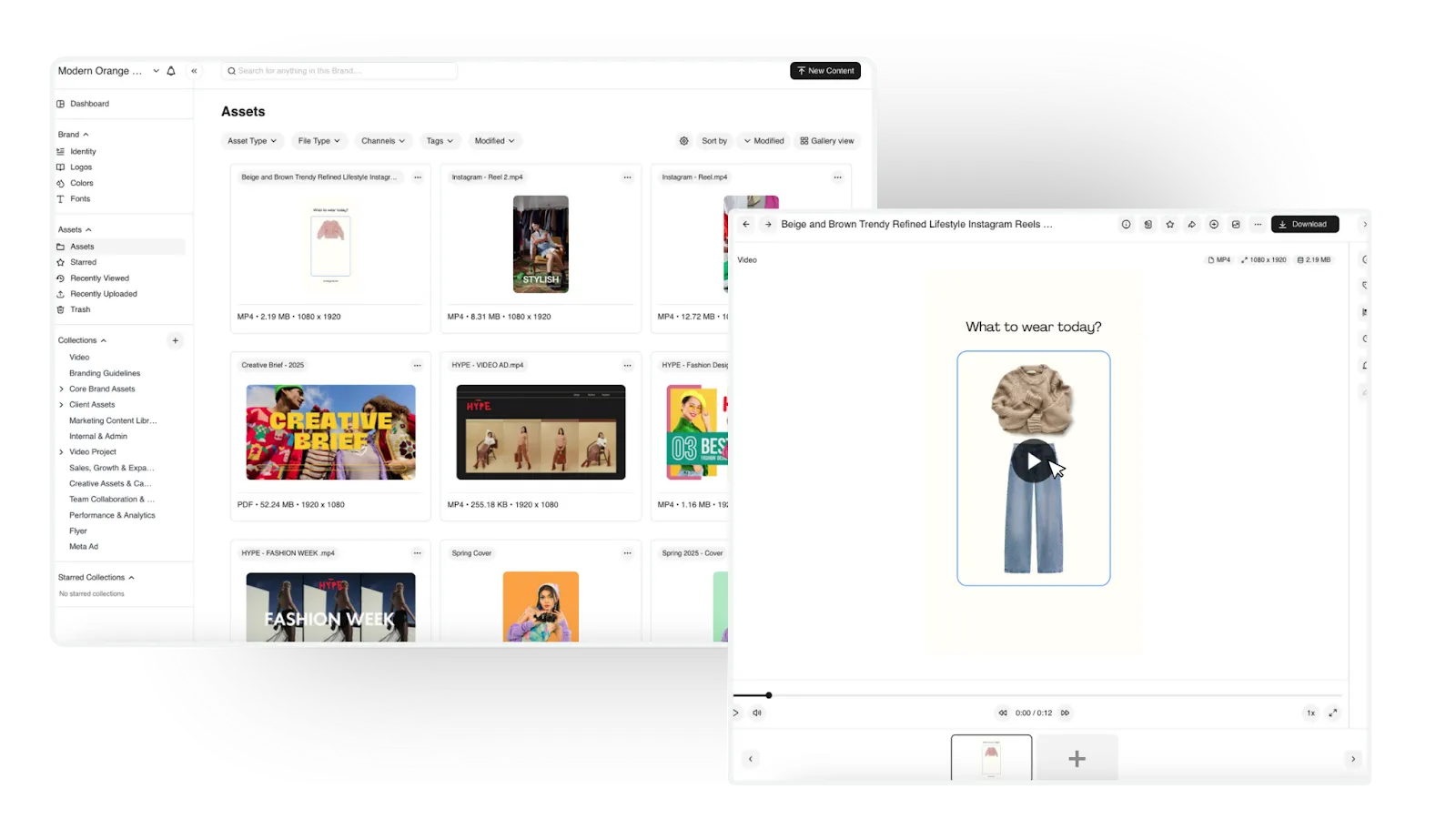
BrandLife’s centralized repository ensures brand assets, templates, and content are accessible worldwide, with version control built in.
3. Create a flexible framework for local adaptation
Global branding doesn’t mean one-size-fits-all. A framework with non-negotiable brand elements (like logos or tone) and flexible areas for localization empowers regional teams.
For instance, Spotify maintains a global brand voice but adapts playlists, campaigns, and even UI to suit local cultures.
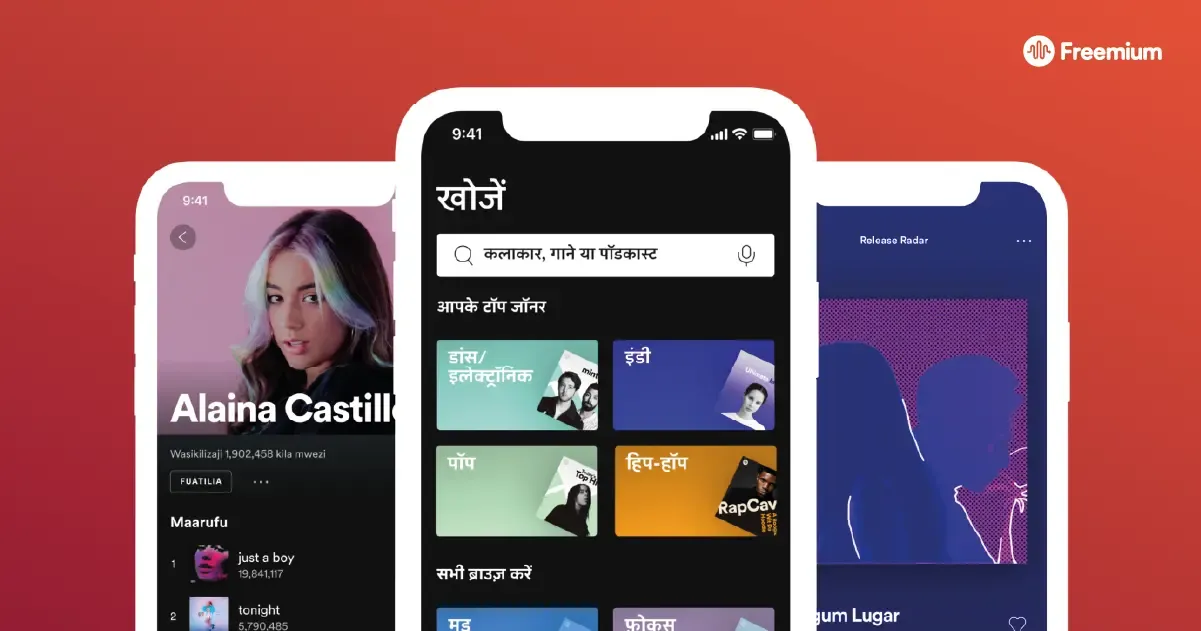
At its Spotify Stream On 2021 event, the company introduced 36 new languages as part of its global localization effort, successfully expanding its reach.
BrandLife enables flexible permissions, allowing local teams to tailor content while preserving core identity.
4. Strengthen communication and collaboration across teams
Cross-border campaigns fail when teams operate in silos. Open communication and shared visibility help avoid duplicated work and misaligned campaigns.
Nestlé, for example, coordinates its global and regional marketing strategies by aligning teams around shared brand data and insights.
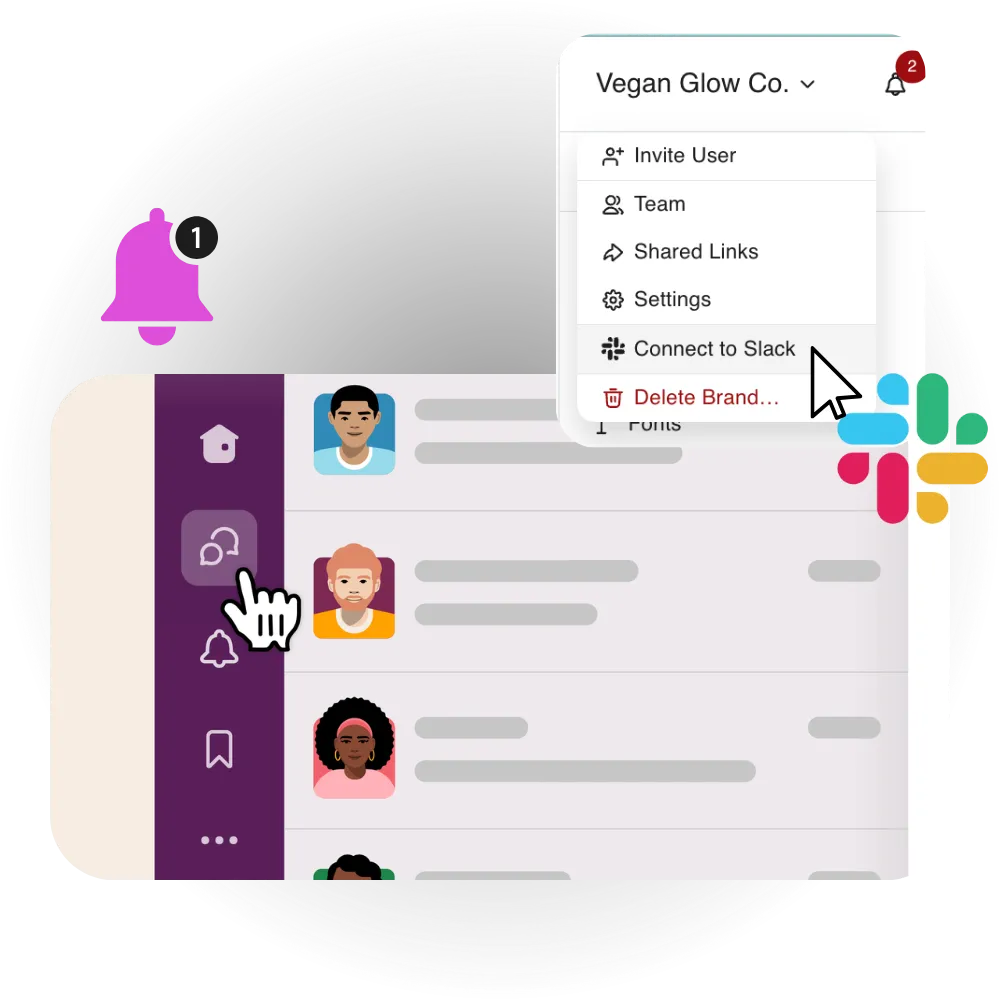
BrandLife streamlines collaboration by integrating workflows, real-time feedback, and approvals in one platform.
5. Stay compliant with local laws and regulations
Advertising standards, labeling rules, and data privacy regulations differ from one market to another. A misstep can damage reputation and delay launches.
For example, GDPR regulations in the European Union reshaped how brands handle consumer data worldwide.
With BrandLife, compliance documents and approved legal assets can be stored centrally, so teams never risk using outdated information.
6. Measure, learn, and optimize continuously
Global marketing isn’t static. The best brands test, learn, and refine strategies.
Glovo, a Spain-based delivery app operating in over 23 countries, has introduced Glovo Ads—a self-serve advertising platform that enables both international brands and local businesses to tailor campaigns across regions.
According to the launch announcement, advertisers using Glovo Ads are achieving up to five times return on ad spend (ROAS), illustrating how the platform empowers real-time optimization and performance-driven marketing.
BrandLife’s analytics offer similar capabilities for global marketing teams.
You can track asset adoption and engagement rates, glean insights from campaign performance across regions, and feed those learnings back into your global playbook. This ensures that every campaign gets more efficient and more effective over time.
Building a Consistent Global Brand Identity with BrandLife
Successful global brand marketing requires a strong vision, a structured yet agile framework, and continuous learning powered by real-time insights.
Brand management software like BrandLife enables brands to centralize assets, collaborate across borders, ensure consistency, and empower localization—all while measuring performance and refining strategy.
By weaving in data-driven learnings and real-world success stories, brands can elevate their global presence, drive engagement, and secure long-term growth.
Here’s how BrandLife helps in effective global brand marketing campaigns:
AI-powered search and tagging

BrandLife’s AI automatically tags images, videos, and documents, making it easy for teams across regions to search, filter, and retrieve the right asset in seconds. This reduces duplication, prevents errors, and ensures campaigns use the most relevant, approved content.
Seamless integration with creative tools
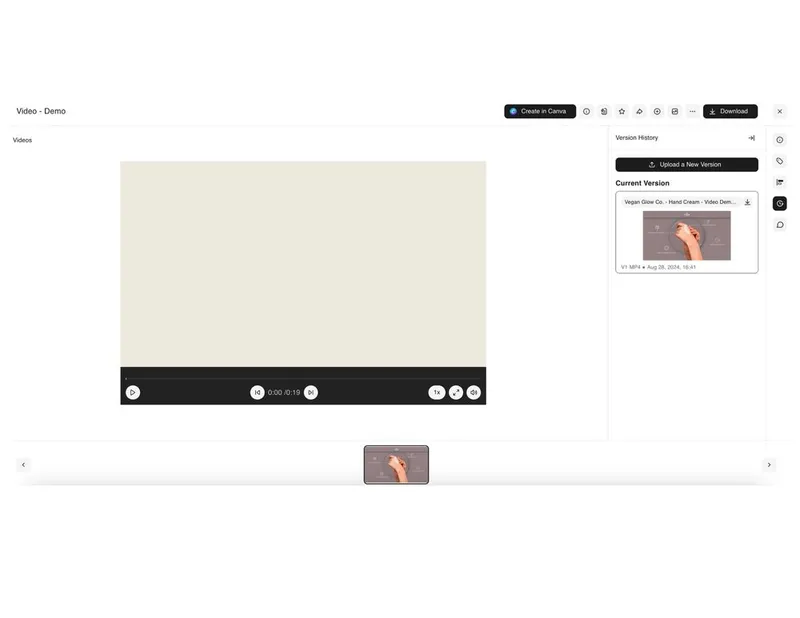
By connecting with tools like Figma and Canva, BrandLife enables designers and marketers to access pre-defined brand templates directly within their workspace. Built-in approval workflows mean teams can create, adapt, and launch campaigns faster, without sacrificing brand consistency.
Empowering organizations
BrandLife centralizes brand governance, ensuring every stakeholder, from global headquarters to local teams, has the right level of access and flexibility.
This empowers organizations to balance consistency with adaptability, giving marketers the confidence to scale campaigns globally while staying on brand.
Ready to take control of your global brand marketing strategy? Start your 14-day free trial with BrandLife today and experience how easy it is to manage and share your brand assets seamlessly across borders.
Frequently Asked Questions
A global brand maintains a consistent identity, values, and messaging across multiple countries while adapting to local cultures and preferences. This balance ensures customers recognize and trust the brand worldwide, yet still feel that it resonates with their local context.
A global brand marketing manager oversees the development and execution of strategies that keep a brand consistent and relevant across international markets. Their role involves aligning global campaigns, coordinating local adaptations, managing assets, and ensuring every market stays true to the brand’s vision.
The best digital asset management system is one that centralizes brand assets, enables flexible local adaptations, and supports collaboration across time zones. BrandLife is purpose-built for global marketing teams, offering AI-powered tagging, integrations with creative tools, and governance features that ensure brand consistency worldwide.






